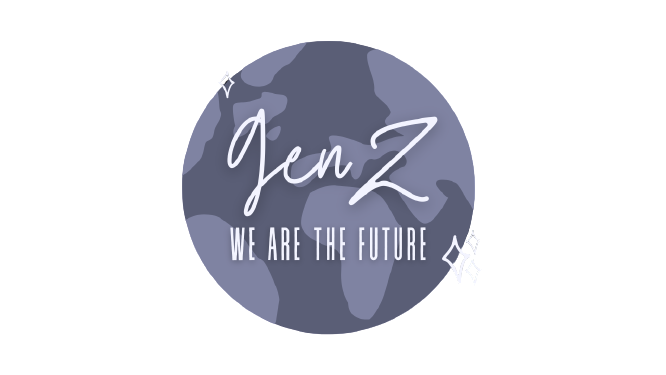Clearing the Haze Around Hurricanes
What Are Hurricanes?
When most people hear the term “hurricane”, they may think of heavy winds, pouring rain, and flash flood watch. But what exactly are hurricanes? Hurricanes are large storms that form over warm ocean waters and produce winds over 70 miles per hour. While they start as tropical disturbances, they can grow into a tropical depression, a tropical storm, and then a hurricane. These are categorized by the speed of the storm’s winds. Each year, a storm is named if it becomes a tropical storm. These names are important in keeping track of the storms and differentiating which storm is being talked about. Each year, tropical storms are named in alphabetical order.
How Do Hurricanes Form?
Even though scientists don’t know exactly why or how a hurricane forms, they know that the two main ingredients are warm water and winds that don’t change in speed or direction as they go into the sky. This is because warm ocean waters are the essential “fuel” or energy a storm needs to strengthen into a hurricane. Winds that change a lot with height can weaken and rip storms apart before they can grow larger. When warm moist air over the water rises, it’s replaced by cooler, denser air. The cooler air will then warm and start to rise, and as this cycle repeats, and if there is enough warm water, then the storm clouds and wind speeds will grow and create a bigger storm.
A hurricane from space.
How Hurricanes Affect Humans
When a hurricane, a sea storm, approaches land, tremendous damage can occur to cities and towns, as well as natural environments along a coast. High winds can topple trees, large boulders, and even houses. Around the world, around 10,000 people die each year in hurricanes and tropical storms. Additionally, floodwaters are their most dangerous aspect, which poses the fatal danger of drowning.
How Hurricanes are Categorized
There are 5 types, or categories, of hurricanes. The scale of categories is called the Saffir-Simpson Hurricane Scale and is organized by wind speed.
Category 1: Winds 119-153 km/hr (74-95 mph)
Category 2: Winds 154-177 km/hr (96-110 mph)
Category 3: Winds 178-208 km/hr (111-129 mph)
Category 4: Winds 209-251 km/hr (130-156 mph)
Category5: Winds more than 252 km/hr (157 mph)
Hurricane Seasons Around the World
A hurricane season is a set period every year when tropical storms and hurricanes usually develop. In the US, we’re usually referring to the Atlantic Hurricane Season, whose storms most commonly affect us, but there are six other hurricane seasons around the world. These include the Eastern Pacific hurricane season, the Northwest Pacific typhoon season, the North Indian cyclone season, the Southwest Indian cyclone season, the Australian/Southeast Indian cyclone season, and the Australian/Southwest Pacific cyclone season. While each of the stated basins has its season pattern of hurricane/storm activity they tend to peak worldwide in late summer.
Hurricanes can get so bad that the streets flood!
Recent Hurricane News
Recently, Tropical Storm Henri hit the Northeast US as it made landfall on the coast of Rhode Island and knocked out power to over 140,000 homes and swamped roads. Thankfully, the storm downgraded from a hurricane to a tropical storm before reaching New England, but over the next two days, Henrir sustained winds of around 60 mph and up to 70 mph as it moved across Connecticut toward New York.
SOURCES:
https://www.nasa.gov/audience/forstudents/k-4/stories/nasa-knows/what-are-hurricanes-k4.html
https://www.thoughtco.com/what-and-when-is-hurricane-season-3443912
https://scied.ucar.edu/learning-zone/storms/hurricane-damage
https://apnews.com/article/tropical-storm-henri-hurricanes-35b9448730d64a02ca81da6cbbd6dc18
